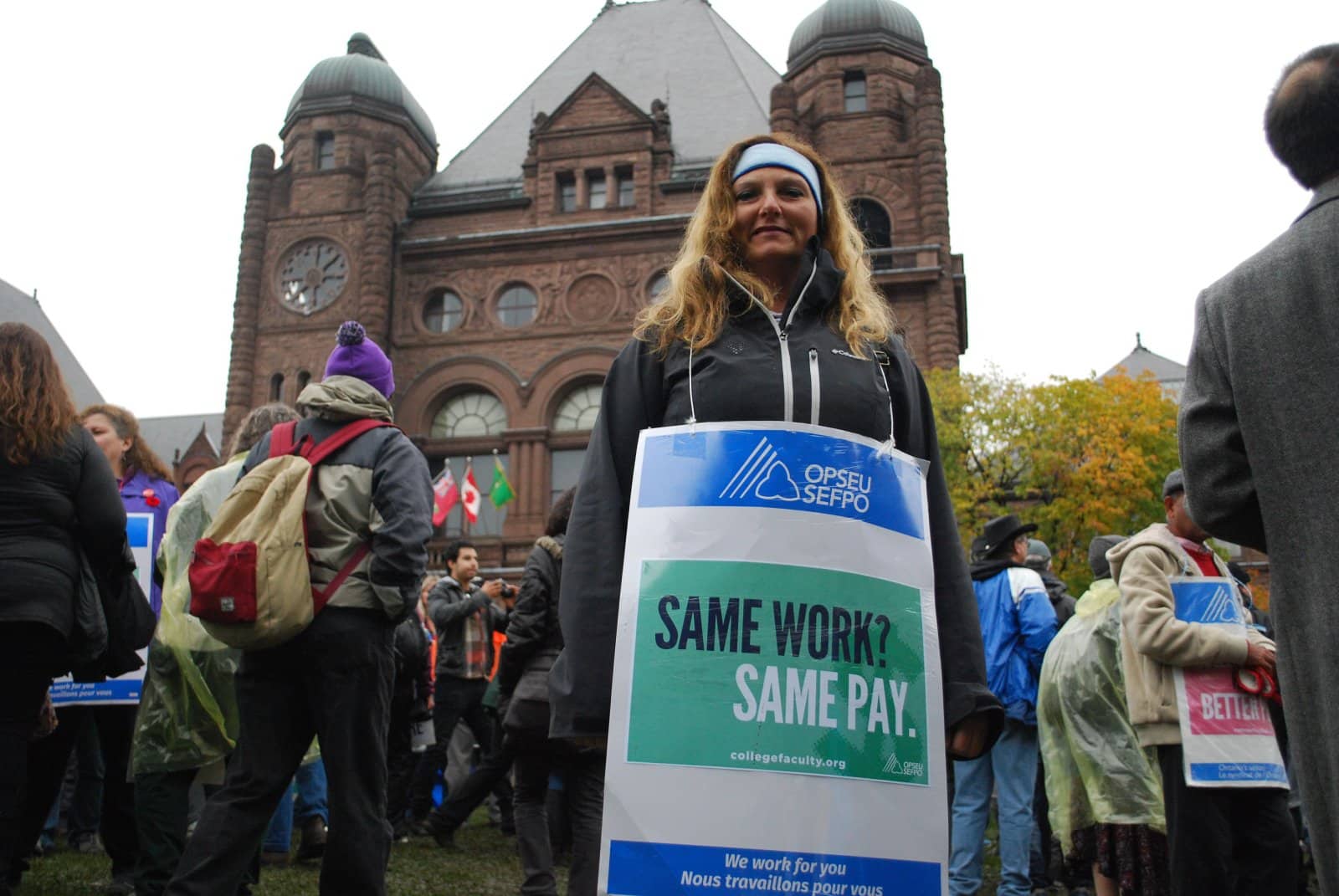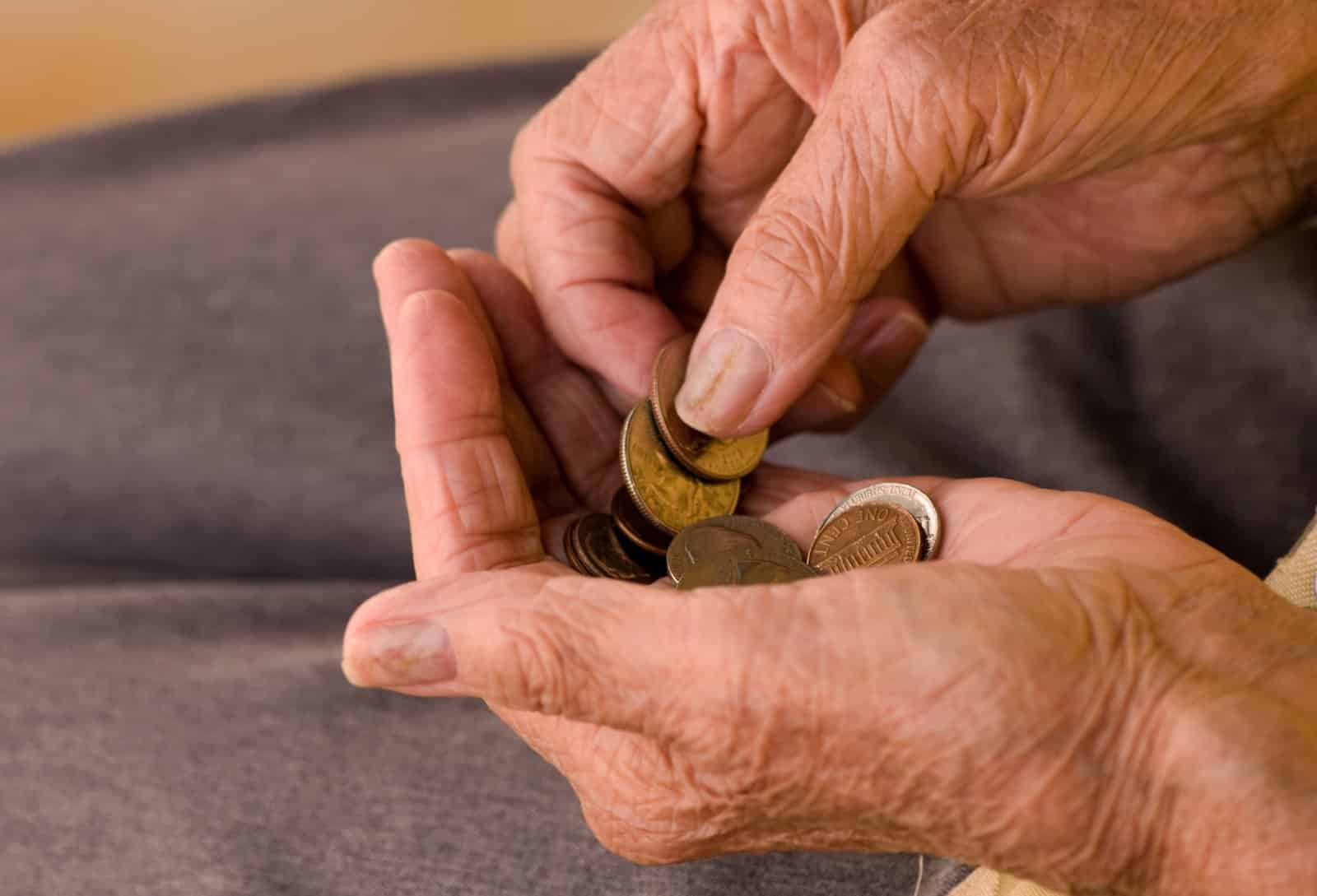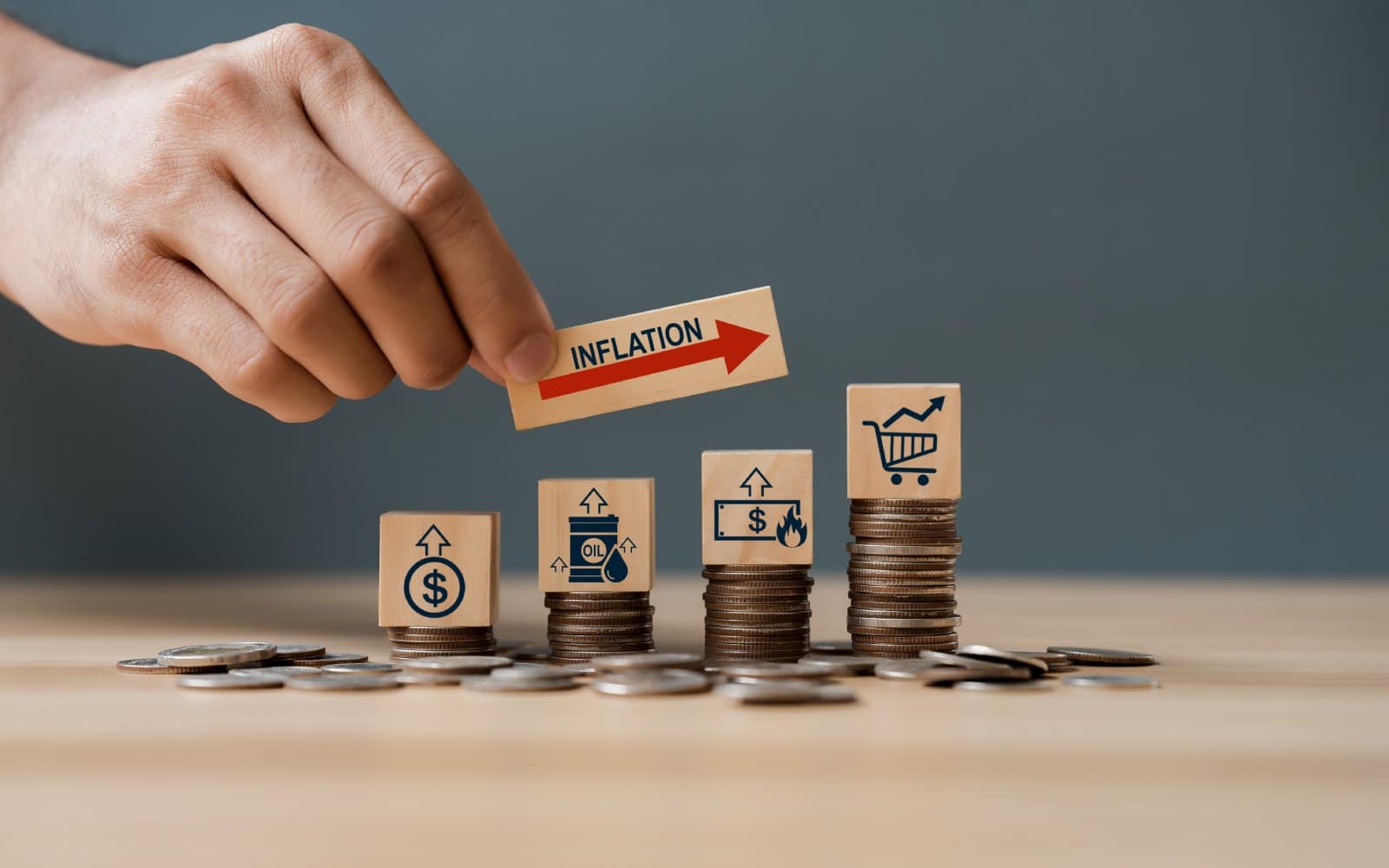A new U.S. Census Bureau report and observations stemming from Equal Pay Day highlight the persistent gender pay gap in America and reveal how women earn significantly less than men across various levels of education and professions.
A New Report

The U.S. Census Bureau recently came out with a report that revealed the ongoing issue of pay inequality in America, and since March 12 was Equal Pay Day, it’s only right we take a look at what the issue is and why it is continuing
What is Equal Pay Day

First, let’s take a moment to understand what Equal Pay Day is and why it exists. According to the National Committee on Pay Equity (NCPE), Equal Pay Day originated in 1996 to spread public awareness about the gap between men’s and women’s wages.
A Significant Date

Equal Pay Day’s date is chosen based on how much more women have to work in order to make the same pay as men from the previous year.
Spreading Awareness

Historically, grassroots organizations advocating for equal pay, such as Women’s business and professional associations, labor groups, and civil rights organizations, held events on Equal Pay Day to spread awareness and understanding about this issue.
Wearing Red

Outside of organizations hosting events to spread awareness, the NCPE also encourages people to wear red on Equal Pay Day to represent how far women and minorities are “in the red” with their pay.
The Official Statement

The NCPE website explains, “Because women earn less, on average, than men, they must work longer for the same amount of pay. The wage gap is even greater for most women of color.
84 Cents Per Dollar

The U.S. Census Bureau’s recent report revealed that women earn roughly 84 cents for every dollar that men make.
Making the Analysis

In order to make their analysis, the U.S. Census Bureau didn’t just compare men’s and women’s salaries. Instead, it evaluated the pay differences between individuals with equal levels of education and factored in those who may be out of work for things like childcare.
Factors at Play

The U.S. study identifies field of study, chosen profession, and work hours as key factors influencing the wage gap. Yet, even these considerations don’t fully explain the disparity.
Education Differences

For graduates of top universities, the choice of field plays a larger role in pay differences, but for the rest of the population, larger factors that come from work hours and weeks are more pronounced.
Regardless of Education

The report also revealed that this figure is consistent across all levels of education, from those with post-secondary certificates to graduates of top-tier universities.
Persisting Issues

Despite women now making up over half of the college-educated workforce and joining the labor force at unprecedented rates, the wage gap has continued to persist, leading many to view this as a systemic issue.
More than America

It is also worth noting that the gender pay gap isn’t just a problem persistent throughout the American workforce but one that is seen throughout the world.
New Data from Australia

Recent data from Australia has revealed large gender pay gaps at several Australian employers, with some companies showing more than 50% disparity in favor of male employees and the national Australian average sitting at 19%.
83 Cents for Every Dollar

Payscale Inc. made a comprehensive report that agreed women in the U.S. earn 83 cents for every dollar earned by men and found a larger gap for working mothers and women of color.
Factors of the Gap

There are many factors that influence the extent of the pay gap, like race, ethnicity, age, and motherhood status, with women of color, older women, and mothers facing the largest difference in pay.
Inflation on the Rise

On a related note, recent economic data back in America shows a 0.4 percent increase in consumer prices in February, resulting in a 3.2 percent year-over-year rise.
Exceeding the Fed’s Expectations

This inflation rate exceeds the Federal Reserve’s 2 percent goal and could potentially affect future interest rate decisions and impact employment and wages across the board.
21 States Where Squatters Can Legally Claim Your Property

Discover how squatters’ rights, or adverse possession, are more than just legal jargon—they’re stories of unexpected twists in the world of real estate. From sunny California to the historical landscapes of Pennsylvania, here’s how these laws could turn the tables on homeowners and squatters alike. 21 States Where Squatters Can Legally Claim Your Property
14 Things That Are Banned in the U.S. but Totally Fine Elsewhere

Ever feel like America’s rulebook was written by someone with a dartboard? Across the pond or down under, things get even wackier. Let’s take a walk on the wild side of global “Do’s” that are definite “Don’ts” in the Land of the Free. 14 Things That Are Banned in the U.S. but Totally Fine Elsewhere
25 American States Nobody Wants to Visit Anymore

Across the United States, some states capture the hearts and itineraries of many, while others remain quietly on the sidelines, overshadowed or misunderstood. These 25 states, facing what you might call a popularity crisis, are brimming with hidden wonders, cultural riches, and natural beauty, awaiting those willing to look beyond the usual tourist trails. 25 American States Nobody Wants to Visit Anymore
20 Foods That Are Cheaper to Eat Out Than Making at Home

In a world where convenience often wins, certain culinary delights come with a lower price tag when enjoyed at a restaurant rather than crafted in your own kitchen. Here are twenty foods that might save you both time and money when indulged in at your favorite eatery. 20 Foods That Are Cheaper to Eat out Than Making at Home
17 Things You’re Paying For, but You Don’t Have To

In the land of the free, there’s a price tag on everything, but savvy Americans know better than to open their wallets for just anything. Here are 17 expenses you’ve been shelling out for without realizing there’s a cheaper or even free alternative. 17 Things You’re Paying For, but You Don’t Have To
The post Equal Pay Day: Illuminating America’s Persistent Wage Imbalance first appeared on From Frugal to Free.
Featured Image Credit: Shutterstock / Lomb.
The content of this article is for informational purposes only and does not constitute or replace professional financial advice.
